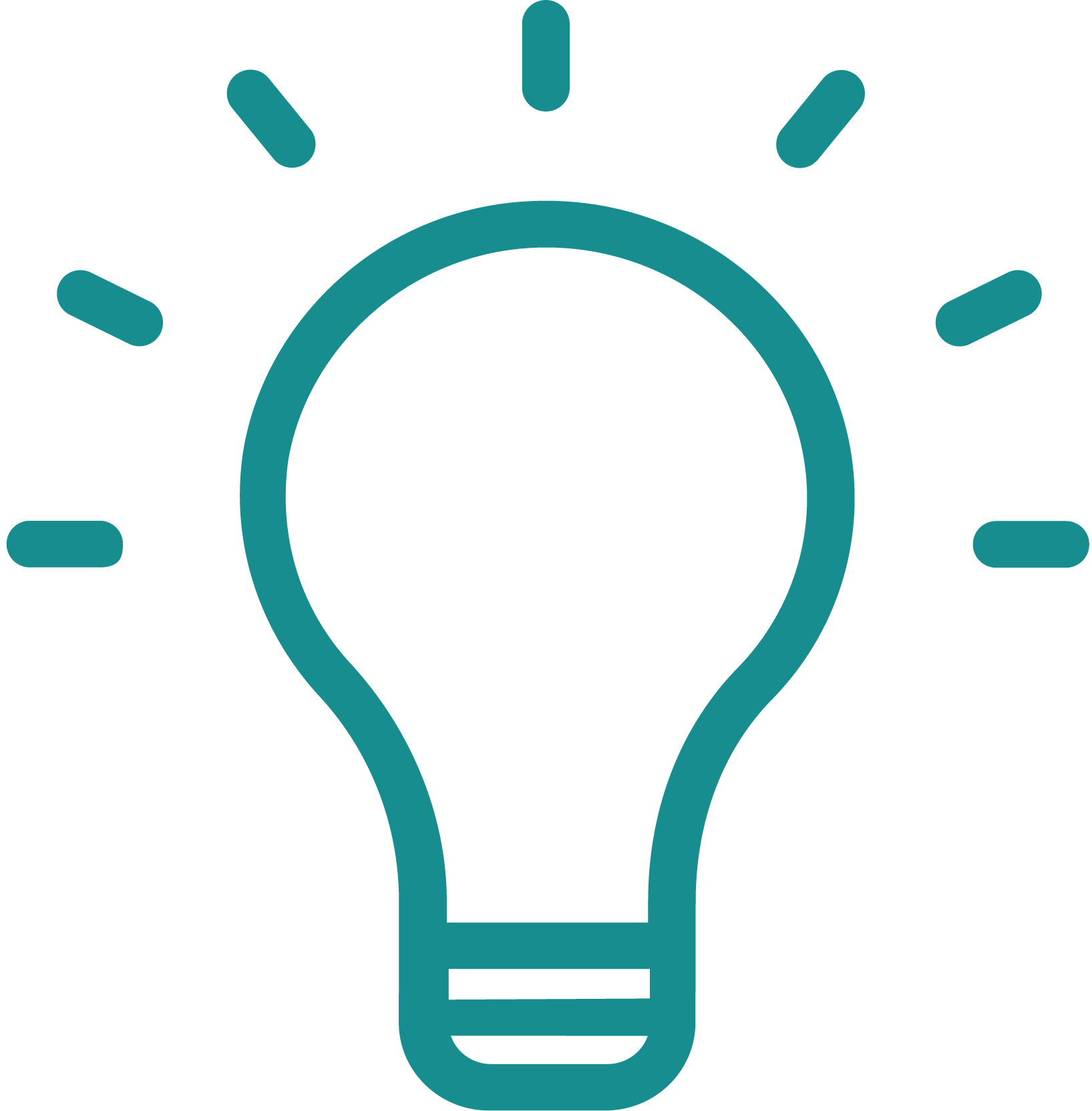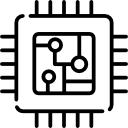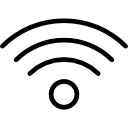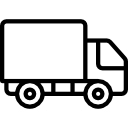Candidates
TU Delft Impact Contest

Vi-te! (semi-finalist)
Vi-te addresses the inefficiencies and limitations in current qualitative UX research. Researchers often struggle to maintain momentum during interviews, miss key follow-up questions due to cognitive load, and waste time juggling separate tools for transcription, documentation, and analysis.
Read moreInfrastructure monitoring software (InfraDCM) (semi-finalist)
Current methods for infrastructure monitoring are costly, time-consuming, and frequently destructive. Typically, road authorities must undertake multiple steps, including halting traffic, drilling core samples from road surfaces, conducting at least three stages of laboratory testing on the samples, retrieving raw experimental data, and consulting experts for data analysis. Based on this analysis, the experts eventually provide a corrective maintenance plan, which is often delayed and expensive. In the Netherlands, this process costs approximately 3.3 billion euros annually. It represents a continuous burden for road authorities such as Rijkswaterstaat (RWS), municipalities, and contractors.
Read moreParalas: Autonomous Drone-Based Inspection of Offshore Wind Turbines
Offshore wind turbines play a vital role in generating renewable energy but are located in remote and harsh marine environments. To ensure they operate efficiently, regular inspection and maintenance are essential. Currently, the industry depends on helicopters and ships to transport personnel to these turbines. This approach is slow, expensive, emits significant carbon emissions, and poses considerable safety risks. When a turbine requires inspection—due to bird strikes, storm damage, or routine wear—a complex logistical operation is needed to bring crews to the site. Technicians often have to rappel down turbine blades or manually operate drones on-site, necessitating their physical presence on the turbine. This exposes them to hazardous conditions, including unpredictable weather and the dangers of working at great heights over open water. The financial costs are substantial. Deploying helicopters and ships involves high fuel consumption, crew wages, and maintenance expenses. Coordinating these missions demands meticulous planning, factoring in weather conditions and equipment availability. Delays are common, leading to turbines being offline longer than necessary, resulting in lost energy production and revenue. As offshore wind farms expand—some with over 100 turbines spread across hundreds of square kilometers—the inefficiencies and costs escalate dramatically. Environmental impact is another significant concern. Using fossil fuel-powered helicopters and ships generates considerable carbon emissions, undermining the environmental benefits of wind energy. This contributes to global greenhouse gas emissions and contradicts the core objective of renewable energy projects: providing clean and sustainable power. Safety risks are inherent in the current approach. Transporting personnel over open seas and having them work on towering structures exposes them to significant dangers. Accidents can result from falls, equipment failures, or incidents during transit. The industry has recorded numerous safety incidents, leading to increased scrutiny and a pressing need for better protective measures. In summary, existing methods for offshore wind turbine inspection are unsustainable due to high costs, environmental impact, and safety hazards. There is an urgent need for innovative solutions that reduce operational expenses, minimize emissions, and enhance personnel safety.
Read moreendex (semi-finalist)
As rural populations decline, demographic change is felt especially hard in agriculture. Moreover, intensive farming degrades the soil and threatens future yields. Precision agriculture with drones is often seen as a solution to reduce pesticides and increase automation. But while drones have become very affordable already, few farmers actually use them. That is because flying a drone is difficult, tightly regulated and carries risk. To really let precision agriculture unfold its potential, we cannot expect overburdened farmers to also become drone pilots and data analysts themselves.
Read more










